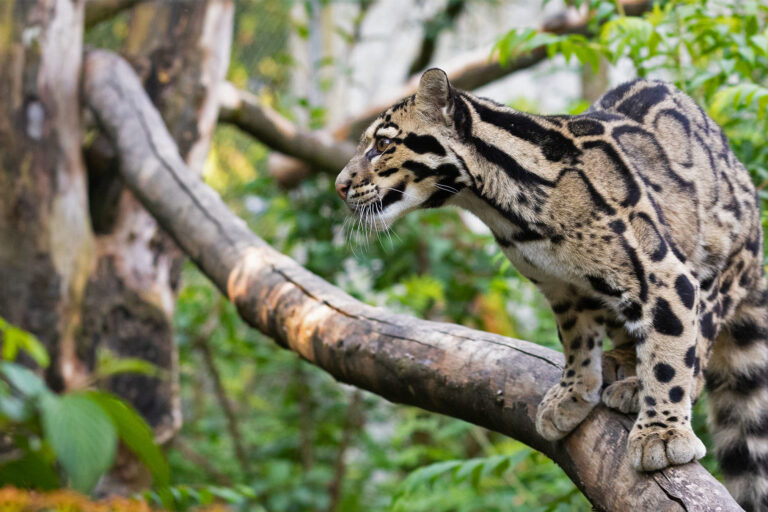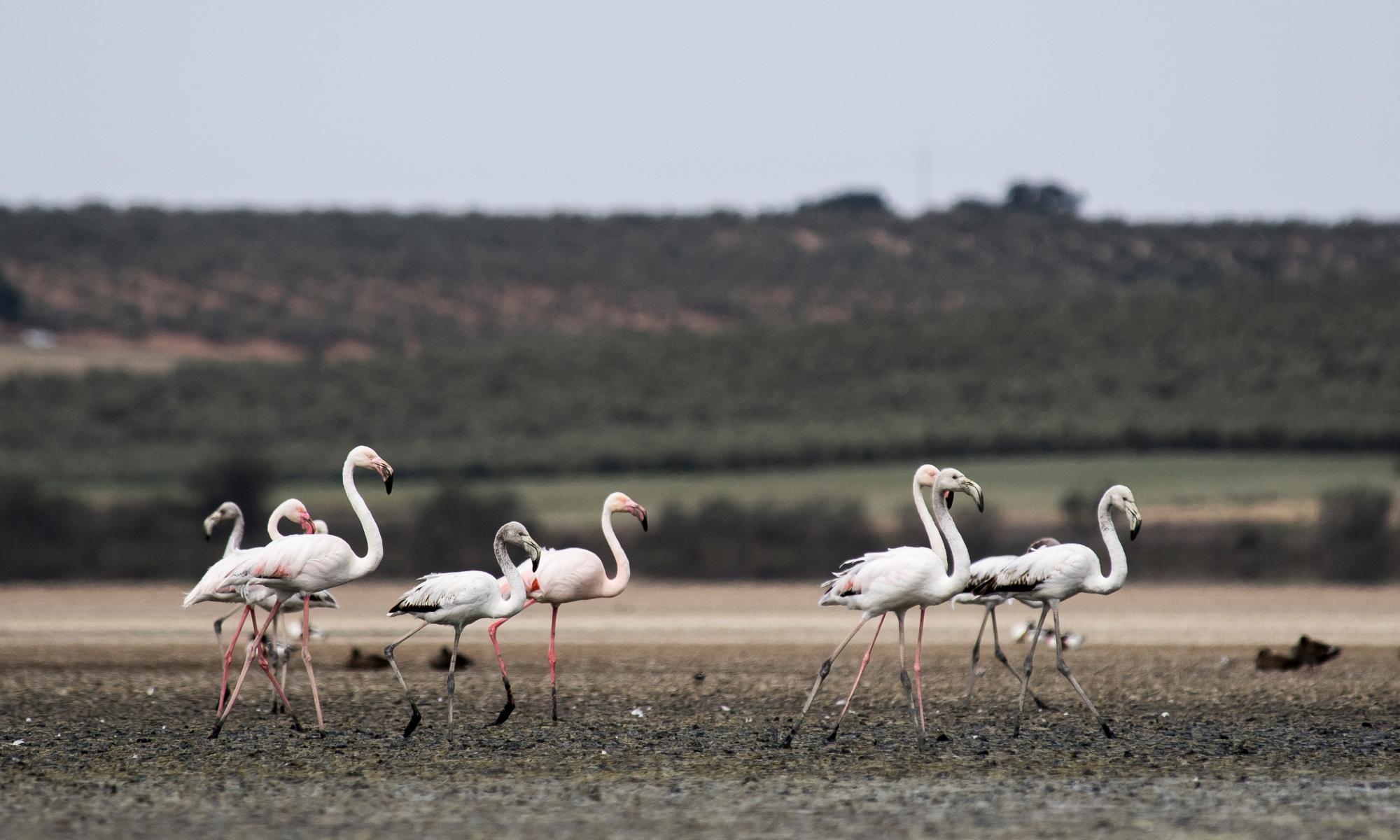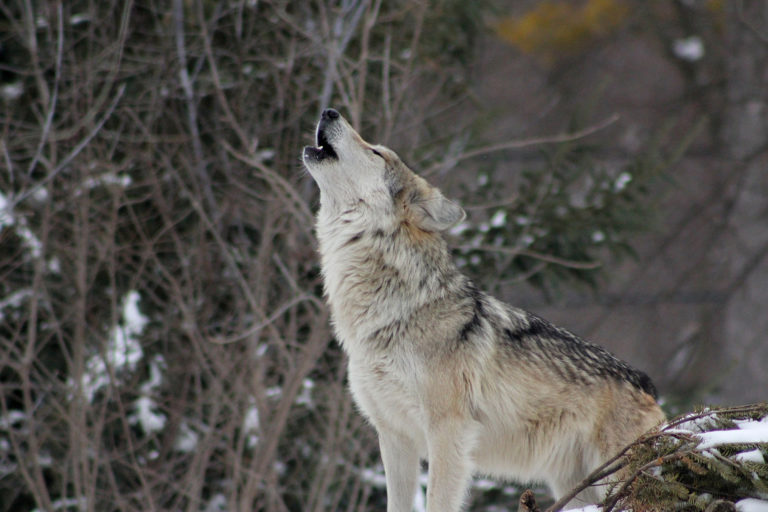My first winter in Northumberland was one of heavy snowfall. It was the late 1970s, the roads were impassable and we walked to a pub a mile away through waist-high drifts. Set on a slight rise above the level meadows of the North Tyne, the old coaching inn (now a B&B) was named The Moorcock. The previous spring I’d seen my first lek of moorcock, also known as blackcock: male black grouse, strutting and posturing, flashing white rumps and red wattles and uttering their harsh display calls. In Falstone village, there is still a pub called The Blackcock.
The names of places in Northumberland often drew on the land’s birdlife. Plover Hill is on a high ridge where golden plover and lapwings would nest in spring. An 18th-century farmhouse near Bardon Mill is delightfully named Partridge Nest, and likely refers to the native grey partridge rather than the introduced red-legged species. Woodcock Hall was a house near Bellingham, and Cockrumple was, according to Godfrey Watson’s Northumberland Place Names: Goodwife Hot and Other Places, “apparently inspired by the likeness of the Land to the Rump of a Woodcock sitting on her nest”.

Then there’s Lark Hall and Laverock Hall, laverock being an old northern word for skylark; Mavis Farm and the Throstle, from other names for the song thrush; the simply named Sparrow House and the more evolved Sook Hill and Sugley. I imagine that Curleheugh means the rugged hillside where there are curlews, and Cranecleugh is a reminder that there were once cranes here.
Curlew, skylark, plover, song thrush, house sparrow, woodcock and black grouse – they are all among the 67 species that appear on the Red List of Britain’s most vulnerable birds. Red Sixty Seven, recently published by the British Trust for Ornithology, is a collaboration between 67 writers and 67 artists to raise funds for conservation projects.

These are all birds that I see in Allendale – for now. What a loss it would be if they were no longer seen in Northumberland but, like the crane, were celebrated only in the names of places.


